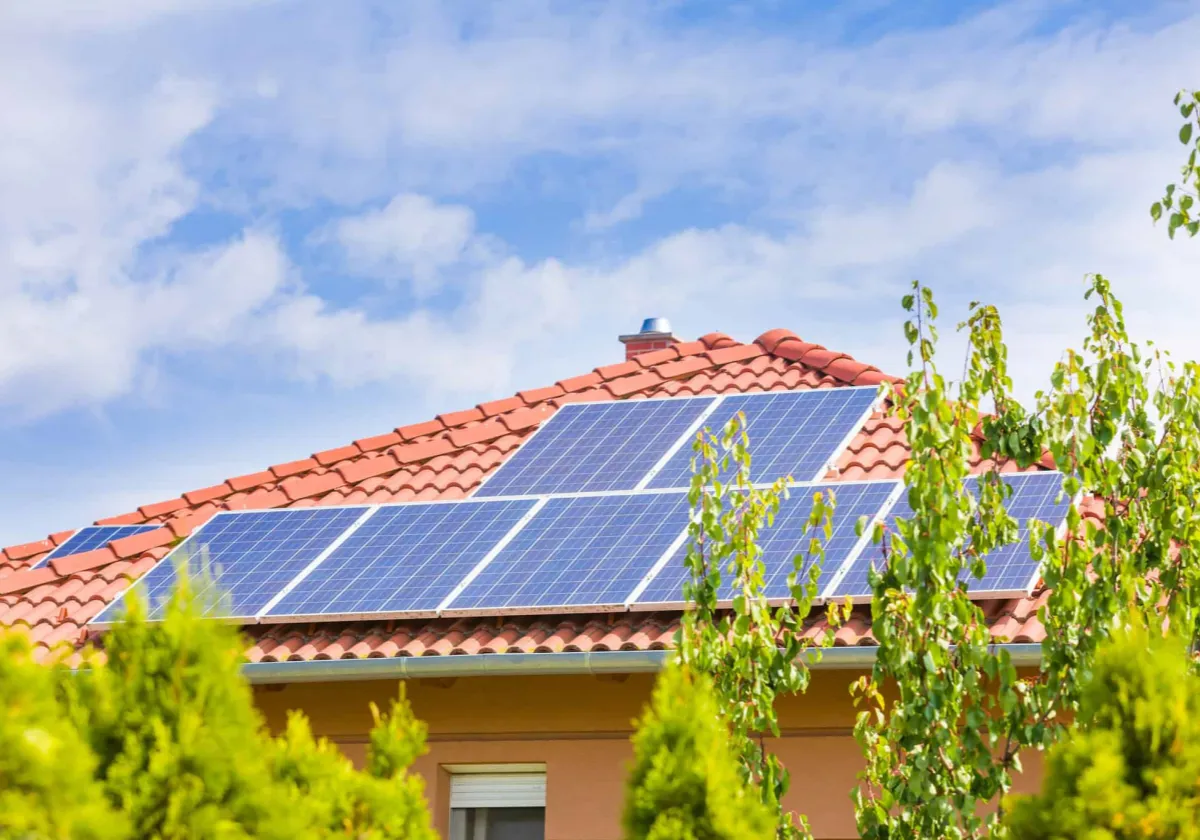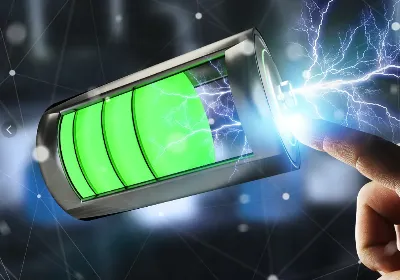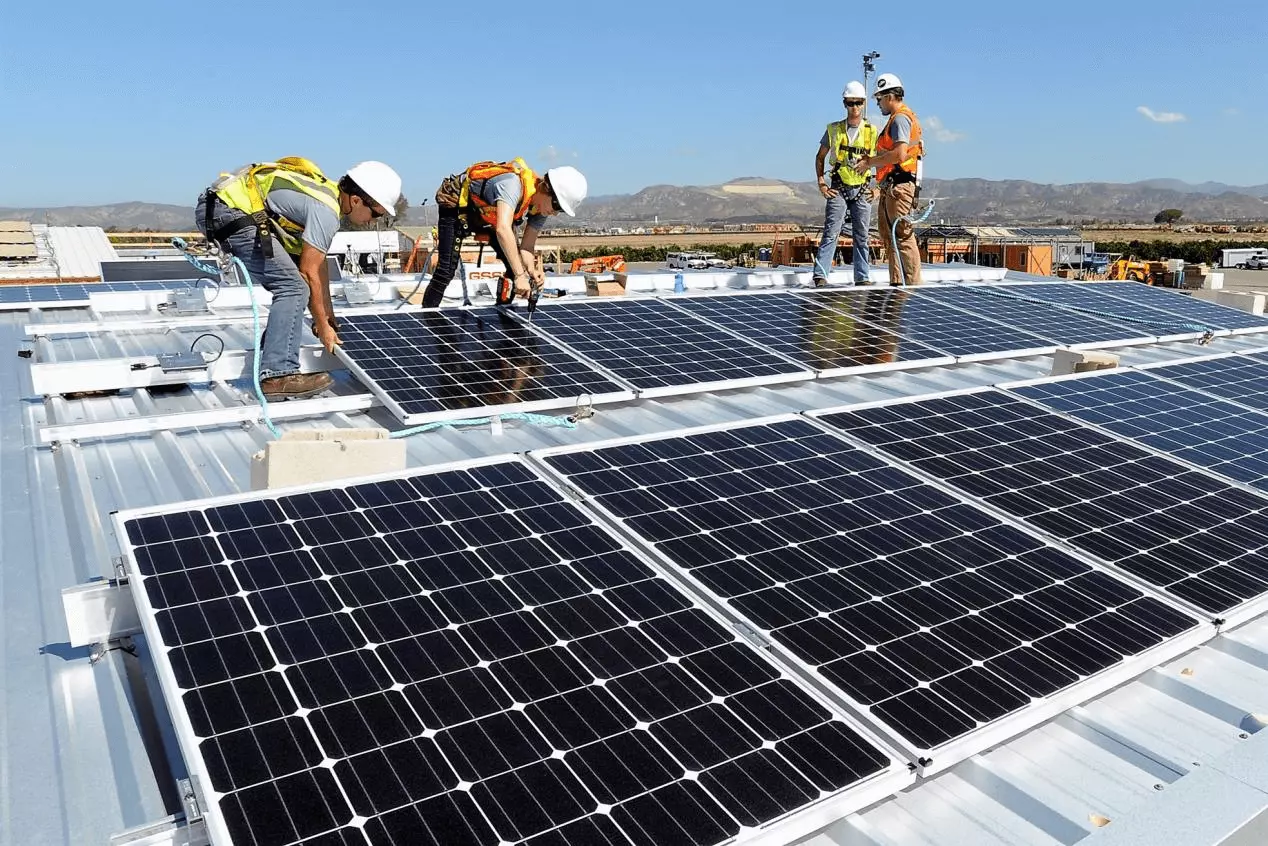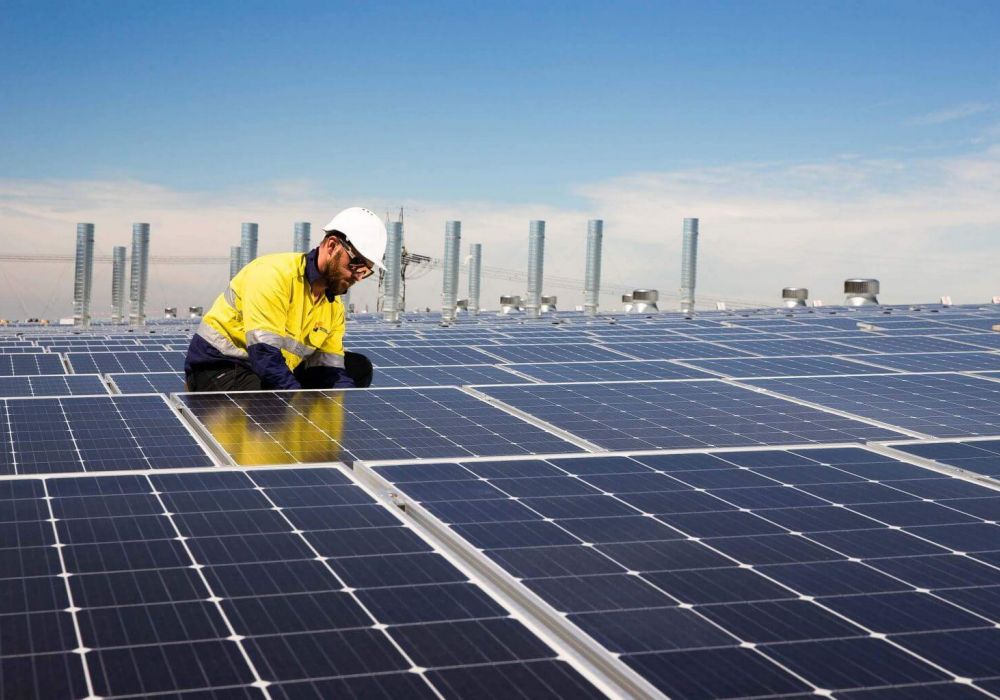Huawei Sun2000 10ktl m1 13.5 a VS Sungrow Inverter
Huawei Sun2000 10ktl m1 13.5 a VS Sungrow Inverter
Since Sungrow and Huawei Technologies Co., Ltd. are two completely different companies, it is difficult for us to make a simple comparison between the two companies. We will only do a simple analysis here.
Sungrow is currently the world’s number one in the photovoltaic inverter market, and it is also the only profitable company in the industry. It is also the world’s largest manufacturer of photovoltaic inverters and currently holds more than half of the global photovoltaic inverter market share.
Huawei’s main business in China includes wireless communication products, terminal equipment, server equipment, etc. Huawei also attaches great importance to these products and has been actively developing new products.
Comparison of technical indicators
There are two main performance indicators of photovoltaic inverters, namely conversion efficiency and power factor.
The higher the conversion efficiency, the higher the efficiency of the inverter, so we take the conversion efficiency as the main comparison index. Huawei’s conversion efficiency is 97.3%, and Sungrow’s is 88%. Since Sungrow is currently in a dominant position, we have chosen Sungrow as the main comparison object.
Power factor refers to the characteristic that the output of the inverter changes synchronously with the grid. The higher the power factor, the less reactive power the inverter absorbs in the grid, thus improving the sinusoidal nature of the inverter output voltage waveform.
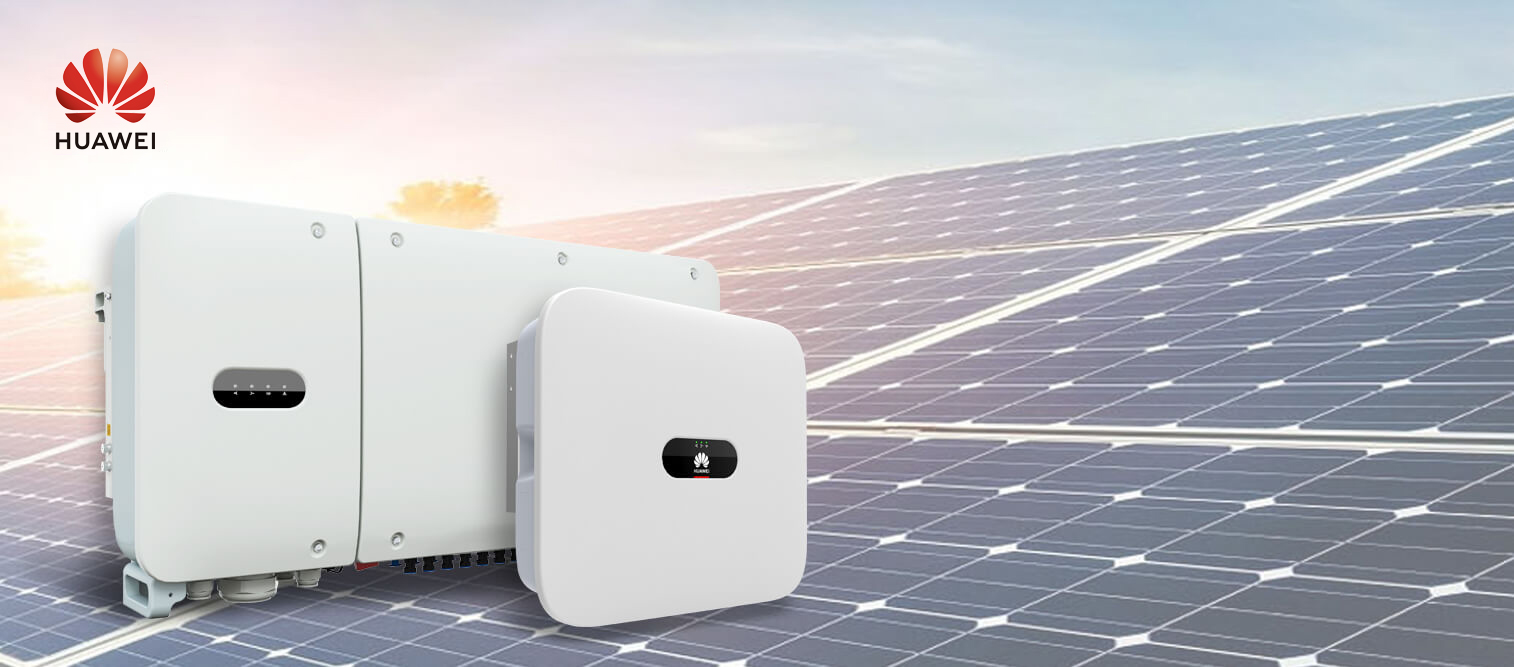
Inverter output voltage range comparison
Since the output voltage range of the inverter is generally greater than 100V, when the inverter voltage is 110V, the maximum power range it can output is 100-280W. However, because the inverter of Sungrow uses high-frequency transformer technology, when the voltage is 110V, its maximum power can reach 380W. This has exceeded the output range of the inverter. Although Sungrow’s inverter has a wider output range, when the inverter voltage reaches 110V, the maximum power it can output is only 330W. Huawei’s inverter can not only output 220V voltage, but also output 110V voltage.
Power level comparison
Huawei’s products are mainly low-voltage DC-side inverters, while Sungrow’s products are mainly medium-voltage DC-side inverters. Among them, Huawei’s medium-voltage DC-side inverter adopts a modular architecture design, mainly in two series of 400W and 600W, with power levels of 24 KW and 72 KW. Sungrow’s products are mainly low-voltage DC side inverters, including 100-240V AC side and 380V DC side inverters.
Product appearance and appearance comparison
1. The Sungrow inverter adopts a full metal casing, which occupies a small area and does not occupy space.
2. The appearance design of Huawei inverter is relatively novel, and the volume is small, which saves space.
3. Sungrow uses a white shell with a simple and elegant appearance design; Huawei uses a black shell with a unique and novel appearance design.
Efficiency comparison
1. The efficiency of Huawei is higher than that of Sungrow. Among domestic inverters, Huawei has the highest efficiency, while Sungrow has the lowest.
2. Huawei’s inverters use full-power semiconductor devices, while Sungrow uses IGBTs. IGBTs are relatively lossy and therefore less efficient than full-power semiconductor devices.
3. In photovoltaic inverters, the two most important factors are efficiency and power density. Both Huawei and Sungrow have improved power density by improving efficiency, but Huawei has done a better job at this point.
4. From the above analysis, it can be seen that Huawei has certain advantages over Sungrow in terms of inverter efficiency and power density.
Sungrow has always been the leader of domestic inverters, and domestic inverter companies such as Huawei and Sungrow are also stepping up to catch up, hoping to occupy a place in the world.
Since Sungrow and Huawei Technologies Co., Ltd. are two completely different companies, it is difficult for us to make a simple comparison between the two companies. We will only do a simple analysis here.
Sungrow is currently the world’s number one in the photovoltaic inverter market, and it is also the only profitable company in the industry. It is also the world’s largest manufacturer of photovoltaic inverters and currently holds more than half of the global photovoltaic inverter market share.
Huawei’s main business in China includes wireless communication products, terminal equipment, server equipment, etc. Huawei also attaches great importance to these products and has been actively developing new products.
Comparison of technical indicators
There are two main performance indicators of photovoltaic inverters, namely conversion efficiency and power factor.
The higher the conversion efficiency, the higher the efficiency of the inverter, so we take the conversion efficiency as the main comparison index. Huawei’s conversion efficiency is 97.3%, and Sungrow’s is 88%. Since Sungrow is currently in a dominant position, we have chosen Sungrow as the main comparison object.
Power factor refers to the characteristic that the output of the inverter changes synchronously with the grid. The higher the power factor, the less reactive power the inverter absorbs in the grid, thus improving the sinusoidal nature of the inverter output voltage waveform.

Inverter output voltage range comparison
Since the output voltage range of the inverter is generally greater than 100V, when the inverter voltage is 110V, the maximum power range it can output is 100-280W. However, because the inverter of Sungrow uses high-frequency transformer technology, when the voltage is 110V, its maximum power can reach 380W. This has exceeded the output range of the inverter. Although Sungrow’s inverter has a wider output range, when the inverter voltage reaches 110V, the maximum power it can output is only 330W. Huawei’s inverter can not only output 220V voltage, but also output 110V voltage.
Power level comparison
Huawei’s products are mainly low-voltage DC-side inverters, while Sungrow’s products are mainly medium-voltage DC-side inverters. Among them, Huawei’s medium-voltage DC-side inverter adopts a modular architecture design, mainly in two series of 400W and 600W, with power levels of 24 KW and 72 KW. Sungrow’s products are mainly low-voltage DC side inverters, including 100-240V AC side and 380V DC side inverters.
Product appearance and appearance comparison
1. The Sungrow inverter adopts a full metal casing, which occupies a small area and does not occupy space.
2. The appearance design of Huawei inverter is relatively novel, and the volume is small, which saves space.
3. Sungrow uses a white shell with a simple and elegant appearance design; Huawei uses a black shell with a unique and novel appearance design.
Efficiency comparison
1. The efficiency of Huawei is higher than that of Sungrow. Among domestic inverters, Huawei has the highest efficiency, while Sungrow has the lowest.
2. Huawei’s inverters use full-power semiconductor devices, while Sungrow uses IGBTs. IGBTs are relatively lossy and therefore less efficient than full-power semiconductor devices.
3. In photovoltaic inverters, the two most important factors are efficiency and power density. Both Huawei and Sungrow have improved power density by improving efficiency, but Huawei has done a better job at this point.
4. From the above analysis, it can be seen that Huawei has certain advantages over Sungrow in terms of inverter efficiency and power density.

